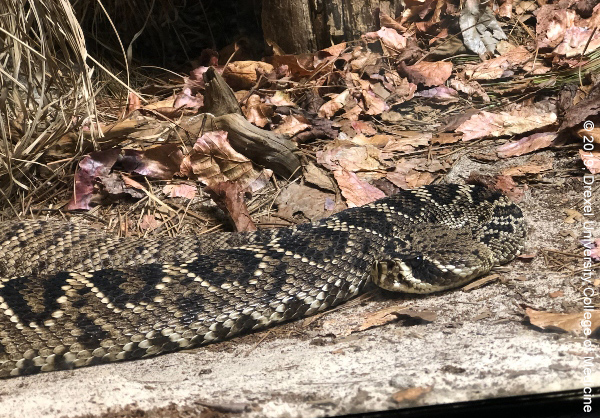
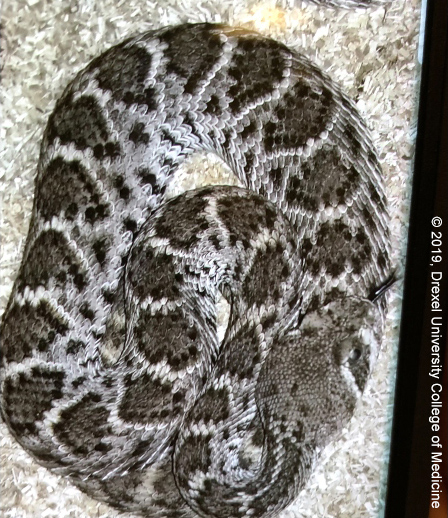
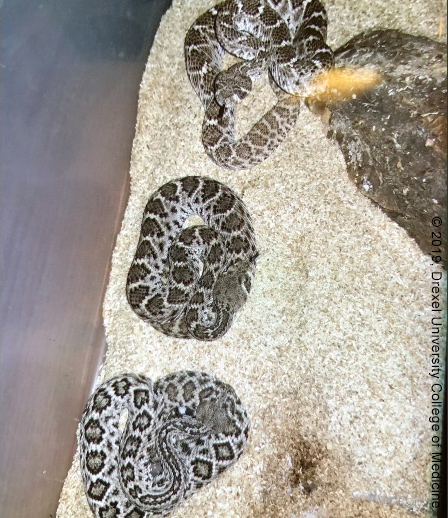
Crotalus adamanteus (Eastern diamondback) is the largest rattlesnake species. Signs and symptoms of toxicity are almost always apparent within 8–12 hours of envenomation. Antivenom [Crotalinae polyvalent immune Fab (ovine), or CroFab (Protherics)] may be indicated depending on symptom severity. Venomous snakes possess glands associated with fangs that allow venom delivery. They usually have slit pupils, and sometimes have heat-sensing pits.
Back to Top
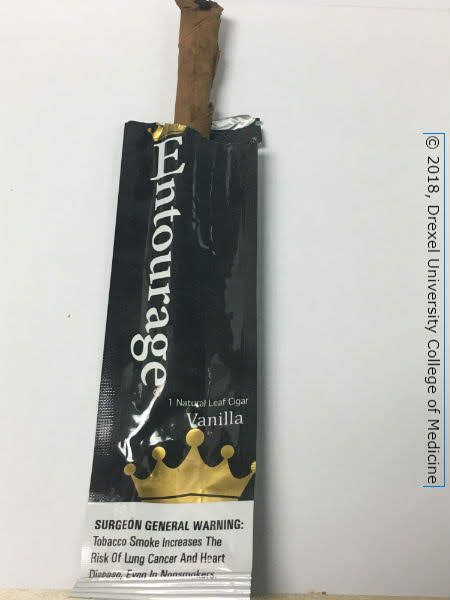
Entourage Cigar (Vanilla flavor): Cigars and cigarillos are bundles of dried and fermented tobacco leaves designed to be smoked by the user. In addition to the carcinogenic and pulmonary toxicities of tobacco smoke, cigars provide potent exposure to nicotine. Symptoms of significant nicotine exposure include nausea, vomiting, excessive salivation, abdominal pain, pallor, sweating, hypertension, tachycardia, ataxia, tremor, headache, dizziness, muscle fasciculations and seizures.
Back to Top
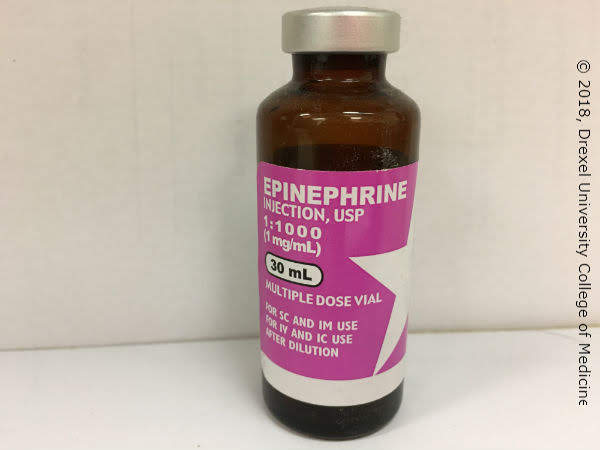
Epinephrine is utilized both in the management of anaphylactic shock and in the resuscitation of cardiac arrest. Its main effects are due to its action on adrenergic receptors where it increases heart rate, increases cardiac output, and produces vasoconstriction. Careful attention must be paid to the concentration of epinephrine utilized in these situations as it is produced as a 1:1000 or 1:10000 concentration. The 1:1000 formulation is often used intramuscularly for anaphylactic shock. The 1:10000 formulation is used intravenously for the resuscitation of cardiac arrest. If required, either formulation can be used intravenously, but it is important to be cognizant of maintaining the appropriate dose based on volume.
Back to Top
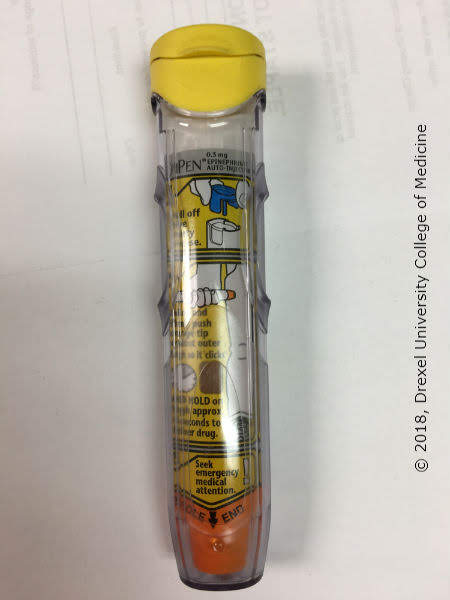
The EpiPen is an autoinjector filled with a dose of 1:1000 epinephrine designed for intramuscular injection for the emergent treatment of anaphylaxis. In addition to the adult dose of epinephrine pictured, there is a version of the device with a pediatric dose as well. Doses are 0.3 mg for adults and 0.15 mg for children.
Back to Top

Lyme Disease: caused by the bacterium Borrelia burgdorferi which is carried by blacklegged ticks and transmitted through their bites. Initial symptoms include fevers, headache, fatigue, and erythema migrans (characteristic "bull's-eye" rash). Untreated, the infection can spread to the joints causing a migratory arthritis, to the heart causing heart block, and to the facial nerve causing Bell's Palsy. Lyme is diagnosed based on symptoms, physical findings, possible exposure to infected ticks, and serology. Treatment is with antibiotics, specifically doxycycline, amoxicillin, or cefuroxime axetil.
Back to Top
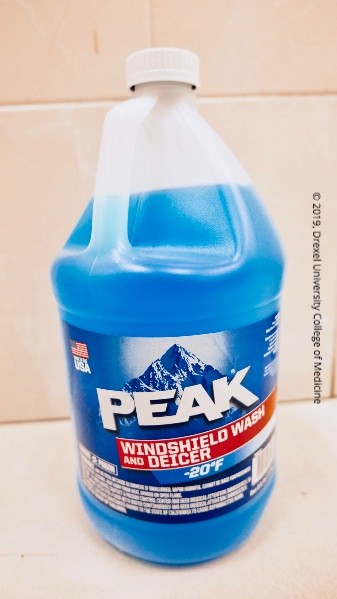
Ethylene glycol is a colorless, odorless liquid that is used commercially as automobile anti-freeze and airport de-icing formulations. Accidental ingestion is common in children and animals due to the sweet taste of ethylene glycol. Metabolism of ethylene glycol results in toxic byproducts such as glyoxylic acid and oxalic acid. These acid byproducts result in anion gap metabolic acidosis, neurologic, cardiopulmonary and eventually renal toxicity.
Back to Top
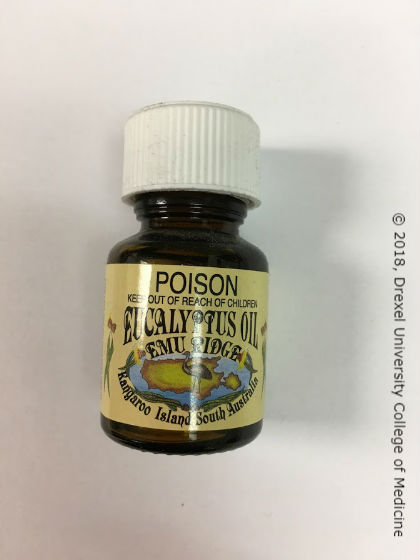
Eucalyptus Oil: ingestion of <5ml of this may result in severe toxicity. Symptoms include vomiting, CNS and respiratory depression.
Back to Top

Many adverse effects are reported with anti-tuberculous drug use including seizures (isoniazid), hepatitis (rifampin), and optic neuritis (ethambutol).
Back to Top

Eyelash viper of the family Viperidae is a species with a wide distribution in Latin America, however, there are few reports of injuries in humans by bites of this snake, whose clinical picture is mainly characterized by edema and other inflammatory events at the site of the bite.
Back to Top